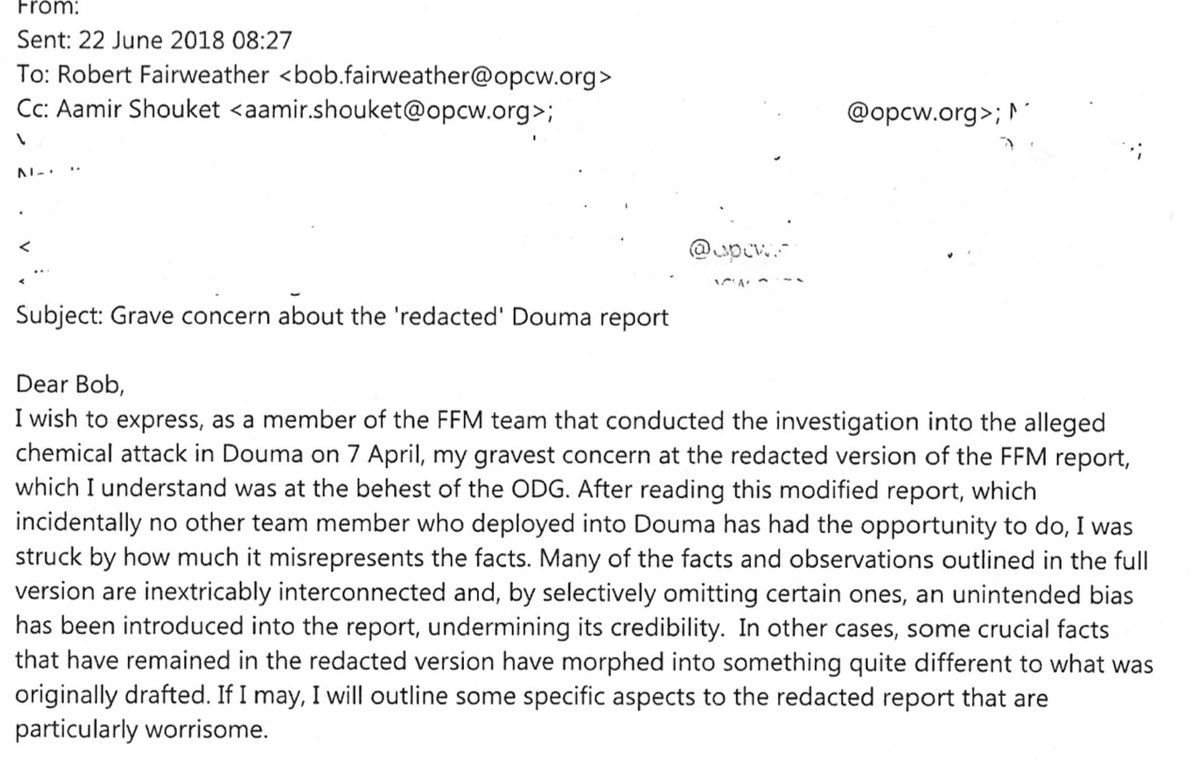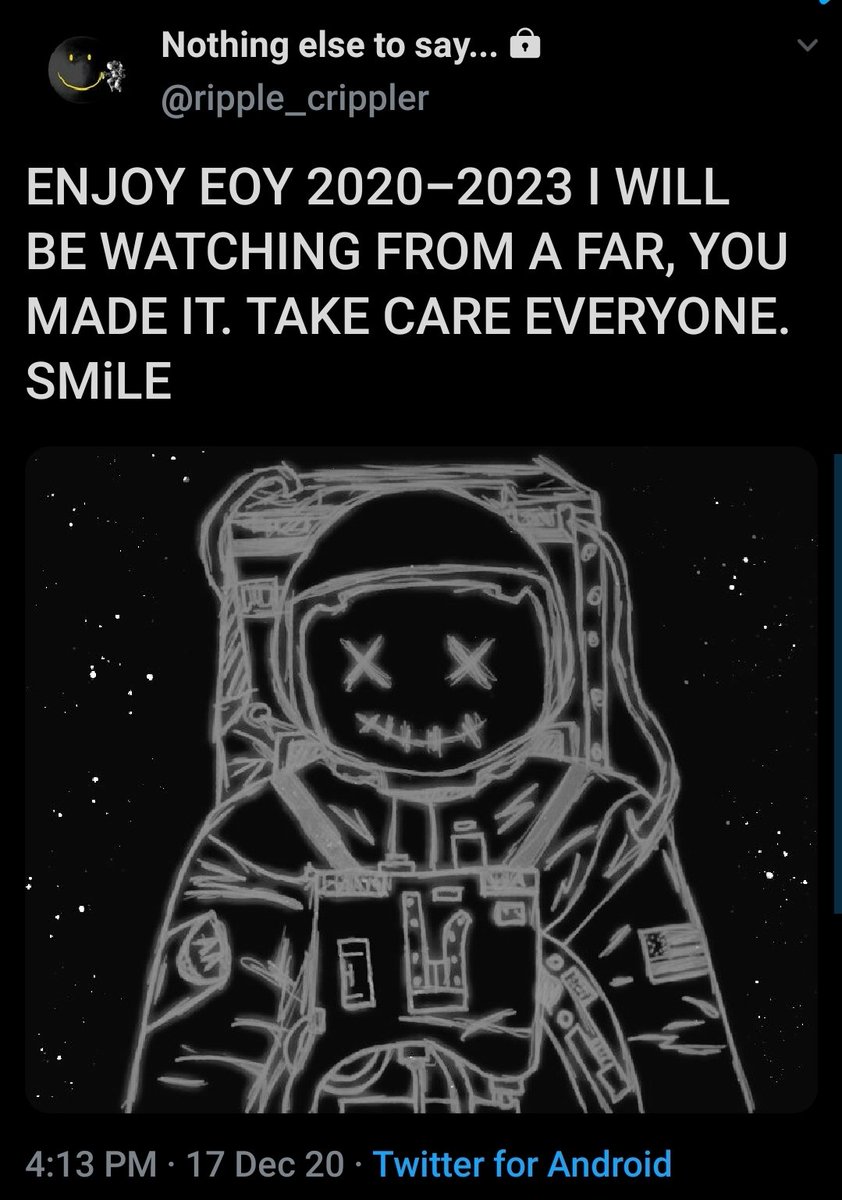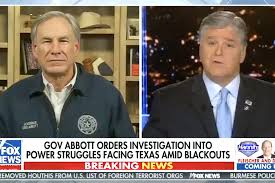2/ When we first started B/R, all the articles were written by my co-founders, our friends, and me.
This led to some hilariously bad takes. Like this article where I panned the SF Giants for drafting future World Series MVP Madison Bumgarner.
https://t.co/QhPlPhAdY1
3/ When we were ready to start building our community, we started with word of mouth. We drafted an email pitching our concept. It went out to everyone we knew, asking them to share it with anyone who would be interested.
This got us maybe a few dozen signups.
From the email:
4/ With only a handful of members, we needed to make the community feel more active.
So we faked it til we made it.
Our team created multiple accounts and posted using different fake names. This created the sense of more activity and encouraged new members to join in.
5/ Later, I learned that the founders of Reddit did the same thing early on.
Sometimes the solution to the "chicken and the egg" problem of building community is to create the illusion of more chickens (or eggs.)
https://t.co/5SXsXw9VNf
6/ After tapping out our networks and WOM, we had to look elsewhere for growth.
So we unbundled the most dominant community platform of the mid-2000's.
Yep, Craigslist.
7/ We posted in Craigslist forums for big sports cities promoting B/R as a place for fans to write about their teams.
Posting on CL was free. Our success rate improved as we iterated on copy, cadence, and communication tactics.
Craigslist netted us 100's of our first users.
8/ Taking the lessons learned from CL, we decided to bundle up the still nascent sports blogosphere.
Using Google, blogrolls and Technorati, we manually built a database of every active sports blog we could find. Then we emailed bloggers and pitched them on joining B/R.
9/ Blogger outreach started with individual emails until we learned what worked best. Then we automated the process while still making it feel personal.
Recruiting bloggers was hit or miss. Some preferred blogging solo. But a few hundred gave it a shot.
We kept growing.
10/ In the early days, every new user got white glove onboarding. One of our co-founders served as head of community and personally introduced each new member to B/R.
We got to know our early users incredibly well. Sometimes too well.
11/ Finally, with momentum and confidence from Craigslist and blogger recruiting, we decided to try paid marketing.
So we took a flier (literally) on a new social network for college students that was still figuring out their business model:
Facebook
12/ Facebook had just introduced "Facebook Flyers", their first ad product. They were all text ads on the sidebar of the home page, targeted first by college and (soon after) interest.
And since FB was new, they were super cheap.
13/ We targeted FB Flyers to big sports schools, using the messaging and onboarding tactics we had refined in our earlier efforts.
The results were huge. Thousands of new signups. But like most paid marketing, quality was lower.
Still, paid social helped us really scale.
14/ Biggest lessons?
1. You are your first user.
2. Look where your users already are. Bundle. Unbundle. Test new channels.
3. Be shameless about growth. If it works, it works. No judgement.
4. Treat your early users like celebrities. They will repay you 1,000x.
15/ I adapted this thread from an essay I recently wrote on this topic.
For more insights, read it here:
https://t.co/S0GbqOVsds
16/ Want more like this? Follow me and subscribe to me weekly newsletter.
I write about building media companies, growing audiences, and the mindset and creative processes employed by prolific makers.
https://t.co/MiJbvR931N







